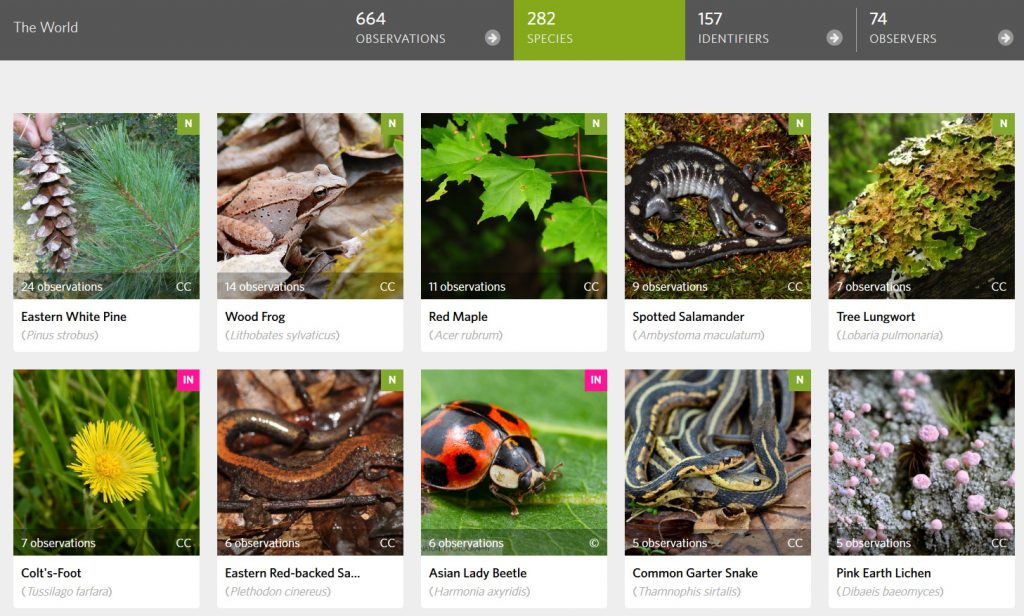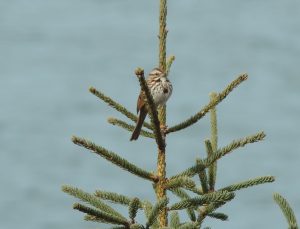On Friday, March 20, the first day of spring, we launched a six-week challenge to Hancock County residents: contribute observations of fauna and flora to eBird and iNaturalist.
We use eBird to track bird sightings, and iNaturalist for everything else (be sure to add the Downeast and Acadia Project), although you can use iNaturalist for birds, too.
April is citizen science month, and this effort was part of a global celebration of community-based and participatory science. With so many people restricted to their home grounds due to the COVID-19 pandemic, citizen science became a popular activity, a way to engage the whole family, learn about nature in our neighborhoods, and contribute to studies that help scientists understand the status and diversity of wildlife in parks and other protected areas.
THANK YOU to those of you who contributed to the Downeast & Acadia Project. A look at the numbers for this year compared to last year shows that more people contributed more observations of more species:
April 2019 had 161 observations of 123 species by 37 observers;

Citizen Science Month may have ended, but we are continuing with the weekly challenge (see below) into early May and beyond.
The Weekly Challenge
Each week we focused on a different group of flora or fauna with a challenge to make as many observations as you can in your own neighborhood.

April 2: Birds. “Bird life across our region – wherever you live – is changing day to day with the arrival of Spring,” said bird ecology director Seth Benz. “What birds are you seeing and hearing – out your window, in your yard, while walking the dog, or driving to the grocery store?”
April 9: What’s in your house? Look closely in those dust piles, examine your indoor plants for aphids and other plant-dependent bugs; explore a closet, crawl space or cellar and photograph the spiders you find. Discover how prevalent nature by look in a more inquisitive way.
April 16: The snow and ice have melted away, revealing evergreen mosses and ground-covering plants, and lichens on rocks and trees stand out in the neutral landscape. This is their moment to shine, and be noticed.
April 23: For Earth Week, let’s pay attention to the great unfurling, of leaves and flowers on trees and shrubs and ferns at our feet.
April 30: The blossoming is beginning. What flowers do you see or smell?
We’ll be sharing more stories of citizen science past and present, as well as our own nature observations throughout April 2020, Citizen Science Month.
